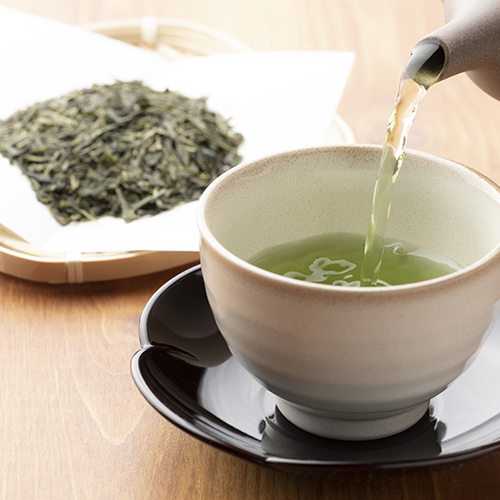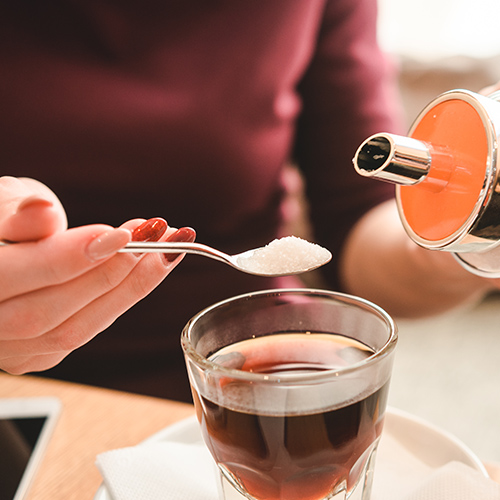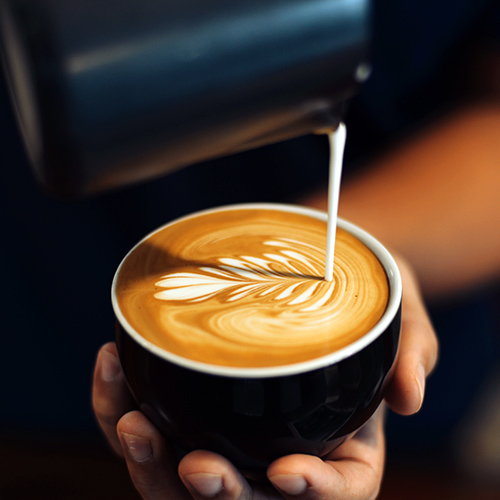
Coffee, Tea and Caffeine: The Benefits
Sipping toward health.
Author: be well™ with Big Y® Registered Dietitian Team
Did you know your morning Cup O’ Joe or Earl Grey tea may be doing more than just waking you up? These elixirs offer more than you may think when it comes to your overall wellness.
Disease Fighters

Antioxidant-acting plant compounds called polyphenols are present in foods like fruits, vegetables, nuts, seeds and coffee and tea. In particular, coffee provides chlorogenic acids shown to help with reducing cardiovascular disease risk.¹ Whereas tea’s polyphenols of fame are flavanols called catechins shown to support the immune system.²
More Than a Pick-Me-Up

Although caffeine is often touted as the must-have component of these delicious beverages, researchers have studied caffeine’s other impacts on health. For example, caffeine found in coffee has shown to have antioxidant-acting properties¹ and could also help in coffee’s protective properties against heart disease.³
How Much?

When enjoying the benefits of coffee and tea, variety provides the best combination. That said, keep caffeine intake in check with current recommendations.
The U.S. Food & Drug Administration recommends keeping caffeine intake at or below 400 milligrams each day for adults. Pregnant women should aim for 200 milligrams according to the American College of Obstetricians and Gynecologists and nursing moms to 300 milligrams according to the Centers for Disease Control and Prevention.
An average cup of coffee provides 80 to 100 milligrams caffeine whereas an average cup of black or green tea provides 30 to 50 milligrams.⁴
Lumps & Cream

Consumed as is, coffee and tea offer negligible calories per 8-ounce serving. Once you start sweetening and adding dairy to your cup, your simple pick-me-up may turn into dessert.
For every packet, lump or teaspoon sugar, you’ll consume 4 grams added sugar and 15 calories. Like half and half? One tablespoon provides 1 gram saturated fat and 18 calories. Be aware of how you dress your coffee and tea—it’s easy to mindlessly sip on extra added sugars, saturated fat and calories each day.
Take Home Tip

Milk proteins can “mask” the antioxidant-effect of coffee and tea by bonding to the polyphenols they contain.¹ Meaning, the disease-fighting capacity of the version of coffee and tea you drink may be compromised if you include dairy. If this is you, rely on other sources of polyphenols from the foods you eat, like produce and nuts and/or consider switching how you prepare your coffee and tea throughout the week!
¹ Yamagata K. Do Coffee Polyphenols Have a Preventive Action on Metabolic Syndrome Associated Endothelial Dysfunctions? An Assessment of the Current Evidence. Antioxidants. 2018; 7(2):26. https://doi.org/10.3390/antiox7020026.
² LIczbiński P, Bukowska B. Tea and coffee polyphenols and their biological properties based on the latest in vitro investigations. Ind Crops Prod. 2022;175:114265. https://doi.org/10.1016/j.indcrop.2021.114265.
³ Chieng D et al. The impact of coffee subtypes on incident cardiovascular disease, arrhythmias, and mortality: long-term outcomes from the UK Biobank. European Journal of Preventive Cardiology, 2022;00, 1–10. https://doi.org/10.1093/eurjpc/zwac189.
⁴ U.S. Food & Drug Administration. Spilling the Beans: How Much Caffeine is Too Much? Accessed 10/15/2022. https://www.fda.gov/consumers/consumer-updates/spilling-beans-how-much-caffeine-too-much.
Published 10/24/2022


